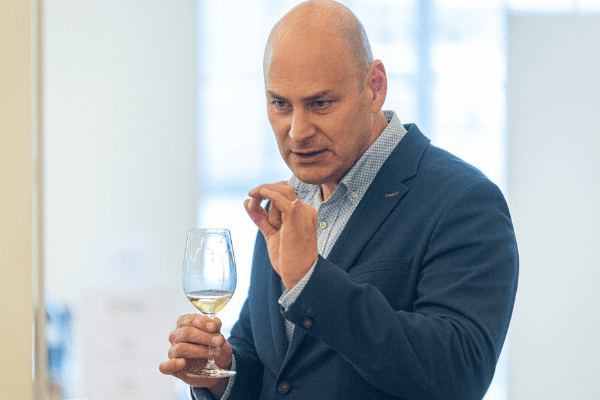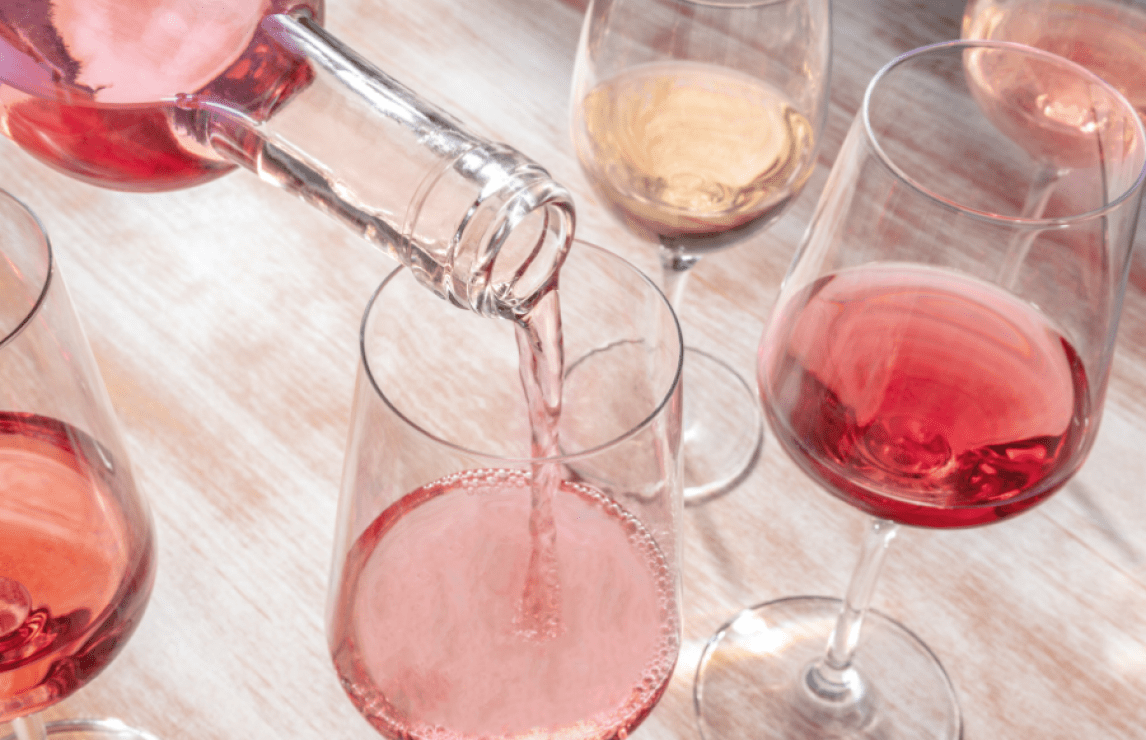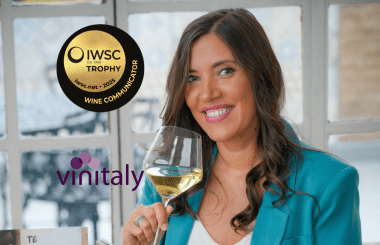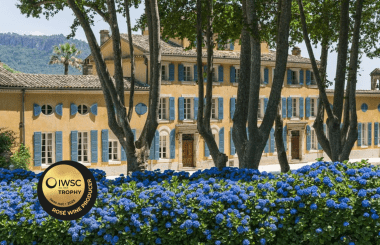IWSC adds new judging category for rosé wines
New for 2022 the IWSC has announced it will be judging still rosé as a separate category. We are delighted that Dirceu Vianna Junior MW will be heading our judging panel for this increasingly popular style of wine. The IWSC caught up with Junior to hear more about why things are looking rosy for rosé…
Firstly, thank you for agreeing to head our rosé judging panel. Are you able to share some detail as to why you think it’s necessary for us to introduce rosé as a separate award category?
It is an intelligent move by the IWSC to introduce rosé as a separate category. It reflects the way the industry has been developing and paying more attention to rosé. As producers started to take the category more seriously and consumers have increasingly been enjoying drinking rosé it will be our job to select the best examples and help guide consumers to the most exciting wines.
There are consumers and critics out there who will consider rosé less of a serious wine than red or white. What do you say to this?
There is certainly a large group of professionals and consumers who consider rosé a lesser style, and this is understandable as many producers have been treating the category as an afterthought and sommeliers rarely gave the attention it merits but this is no longer the case.
Most respected producers now understand the opportunity that the category offers and have started to give it the attention it deserves. Quality has improved exponentially; consumers are certainly enjoying it and businesses that have not kept up with this trend are outdated and missing out.
Increasingly we are seeing rosé on wine lists all year long which is evidence of its growing popularity. Do you have an opinion on what rosé wines are a must have on a quality wine list?
In my opinion there is not one single style of rosé that is a must have. It is essential to have a range of styles. Even the most basic wine list should feature a lightly coloured, elegant and delicate rosé; a darker, richer and fruit-forward style and something in between.
The wines of Provence have really put the category on the map. Pale and dry. Where else should consumers and buyers be looking to find a similar styles beyond Provence, and indeed beyond France?
There is no doubt that the pale and dry Provence is the trendiest style, considered by most as the benchmark and the place where producers from around the world turn for inspiration. Provence is unique, however the style, pale and dry, can be replicated.

With the growing trend toward paler and paler rosé, what styles are at risk of being overlooked?
Darker and fruit-forward rosé that have a hint of oak can be good partners to richer dishes and are often overlooked. Also, most consumers are yet to discover the pleasures of a mature rosé. It is a mistake to think rosé wines cannot last as some styles are capable of ageing gracefully, developing a lovely texture and becoming even more gastronomic.
There have been several celebrity endorsements of Provence rosé wines plus a number of luxury brands have purchased wineries in this part of the south of France further increasing investment within this popular category – is there anywhere else producing rosé with the potential to attract the celeb set and create a new cult rosé location?
California would probably be a strong candidate as there are many resident celebrities, people willing to spend high sums for a bottle of wine and have a proven track record for creating cult wines.
Rosé is synonymous with summer and alfresco drinking but is it becoming a wine that is being paired with food? And what are your favourite rosé and food pairings?
Pale, dry and crisp with a lovely seafood dish never fails. For something more authentic, I like a darker, richer and gently oaked Rioja with tapas and charcuterie, especially Jamon Ibérico.
Why would you recommend producers of rosé to enter these awards?
We have experienced huge changes in the world and in our industry in the last couple of years and to be recognised by the notable group of independent and highly qualified judges that work at the IWSC represents an opportunity to be noticed by journalists, buyers and consumers as well as providing the producer with an invaluable benchmark exercise.
What are the benefits to producers to enter their wines to be judged alongside other rosé wines from across the world, rather than being compared solely with other wines from their region?
We will taste and judge each and every wine whilst respecting their own individual style. Therefore, any country, region, grape variety will have the opportunity to shine on its own merit. Having said that, in my experience, when you judge wines from around the globe the competitions become tougher. The benefit is that recognition by the judging panel will give producers a distinguished endorsement, which in turn, represents an excellent marketing opportunity.
The IWSC's Wine Awards are open for entries until 25 March 2022. Judging will take place between 2 - 16 May with results announced from 23 May. Visit our registration page to enter.



